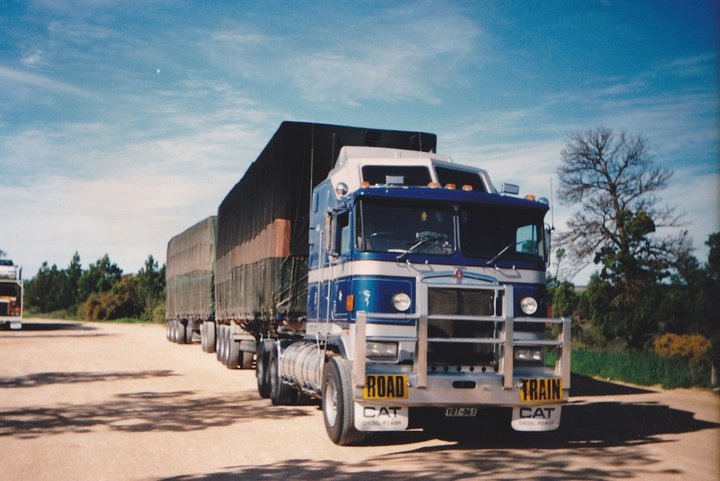Truck Manufacturers Changing Technology For The Long Haul

To many people, truck driving is one of those age-old professions that hasn’t changed much even though technology is moving as break-neck speeds. However, those people might be surprised to realize how much the trucking industry has — and is — changing. From the way companies handle fleet tracking to futuristic designs of tomorrow’s haulers, trucking is changing inside and out.

Geofencing, often done with EOBRs, is the latest in trucking phenomena. This technology, which is, in simple terms, simply being able to locate a truck using GPS tracking, has shifted how packages are now sent and received. Customers are using geofencing to track the progress of their packages, making online shopping even more convenient. Meanwhile, when loads are being dropped off at stores or regional locations, pre-announced drop-off times allow for a smaller driver detention time, speeding up the process and allowing drivers to earn more money.
Though putting a nervous teen behind the wheel of a small car is nerve-wracking enough, putting a newbie in the cab of a truck for their first time is downright frightening. Luckily, truck simulator systems were developed to allow aspiring truckers to test their mettle before hitting the road. These simulators are comparable to the jet fighter simulations that Navy and Air Force pilots use. They set up different scenarios and record how well trainees respond to them. This precision in training creates better, safer drivers for tomorrow, as well as keeping the roads safe from trainees today.
There’s no denying that traditional semis are somewhat clunky in nature, but this might not be the case for long. Take, for example, the BulletTruck, a concept vehicle that’s so streamlined that it gets 13.4 miles per gallon. This might not seem like much when compared to a sedan, for instance, but it’s impressive for a vehicle that hauls freight. The futuristic designs continue with concept models such as the Concept S and Aero Liner from German manufacturer MAN. The truck is all clean lines and rounded face. Even the side-view mirrors are gone to leave room for video cameras. The ECS truck looks just as strange when compared with today’s models, but the lightweight design means less resources during production as well as a decrease in energy needs during travel. Environmental activists can’t argue with that logic.
After 70 years in the game, Freightliner has introduced a similar concept truck with video cameras and a rounded body. It’s obvious that the future of trucking will literally look different. With more companies considering digital control panels, touchscreen monitors and on-board video chat setups; tomorrow’s drivers will have to be pretty tech savvy, too.
Trucks will be able to better communicate with employers, recipients of deliveries and even other drivers on the road in the future. These improvements can lead to better mileage, increased safety and savings over time, but manufacturers will have to woo trucking and delivery companies to invest in new technology.
